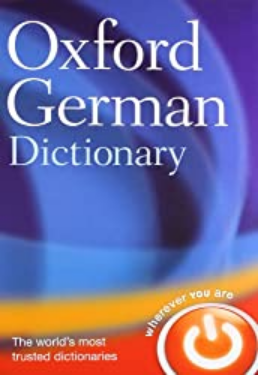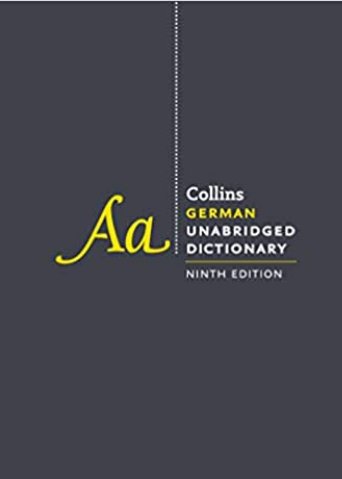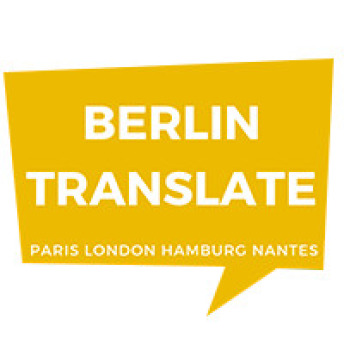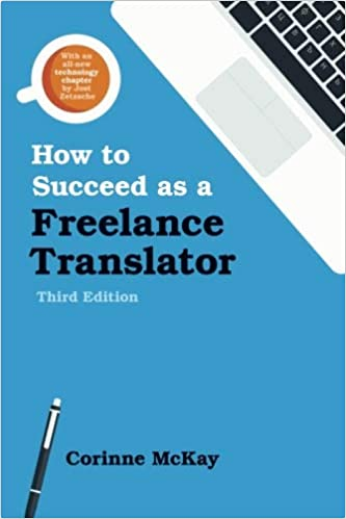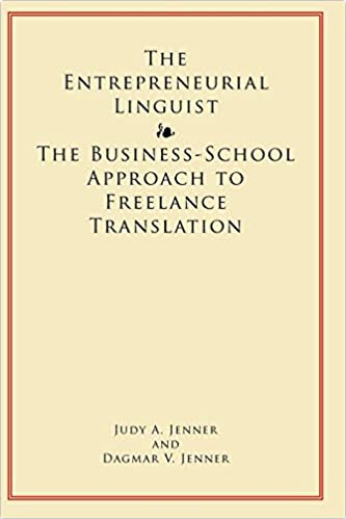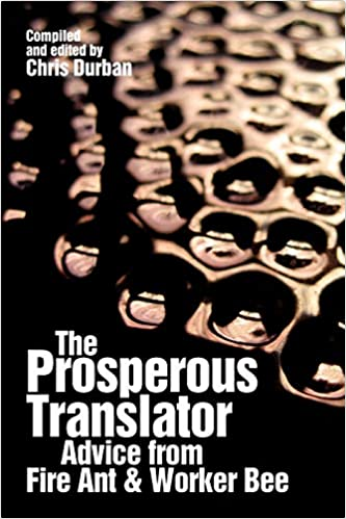- Home ›
- Buying Translation ›
- Certified Translation Services
Certified Translation Services
Be confident in the quality of the German translation you buy
Why use certified translation services?

If you plan to invest money in buying translations, then you want to know that an independent certification body believes the translation agency you have chosen offers a professional level of service & meets required translation standards.
Certification benefits both the translation agency and its clients:
- Credibility & trust is a great USP for attracting new clients
- Greater process consistency & efficiency is good for the bottom line
- Proven compliance is increasingly important for public procurement contracts
- Greater customer loyalty & client confidence
- More efficient workflows lead to higher quality results
- Regular monitoring ensures professional standards are maintained
Good professional translation services will employ freelance translators with translation-related qualifications such as the UK’s Diploma in Translation or ATA certification, and who are members of professional translation associations.
The most important translation standard
In the translation world, when it comes to certified translation services, one standard is fast becoming the industry norm:
- ISO 17100: 2015 Translation Services – Requirements for Translation Services
ISO 17100 replaced EN 15038 (Translation Services) in 2015.
Other translation-related certifications you’ll come across include:
- ISO 9001 (quality-management systems)
- CGSB 131.10 (Canada, 2017)
- ASTM F2575-14 (USA, 2014)
If
your German translation is being provided as part of a range of
services offered by a localization or globalization agency, then these
will be subject to the professional guidelines of the Globalization and
Localization Association.
REMEMBER: Translation standards cover translation agency work processes - not specifically the output of the individual translators they employ. However, certified translation services are required to work with qualified translators.
1. ISO 17100: 2015
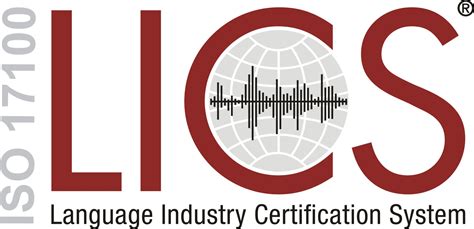
ISO 17100 is a global quality standard for language service providers (LSPs).
It is issued by national certification bodies – for example, DIN in Germany, ÖNORM in Austria. Certification is voluntary but is increasingly seen as a marker of quality. In a competitive marketplace, that helps translation agencies attract new clients and secure tenders, etc.
ISO 17100 replaces EN 15038 which was introduced as early as 2006. EN 15038 was the first European-wide standard developed specifically to certify translation services, and was the response to the industry’s attempt to introduce greater levels of professionalism.
It was a process standard, i.e. it certified the way a translation agency organizes
and monitors the translation process, with project checklists,
procurement processes, etc.
ISO 17100: 2015 takes this as its basis, making updates in several key areas:
- Translations must be reviewed by a second person
- Everyone involved in the translation process must be adequately qualified – the translator must have “a certificate of competence in translation awarded by an appropriate government body”. The goal is for translator, proofreader and reviser all to be sufficiently knowledgeable about the subject matter being translated that they can recognize and solve any problems.
- There is greater stress on the relationship between client and contractor, with the client expected to sufficiently inform the contractor on the scope of the task: the quality of the target text, nature and scope of quality assurance; the use of style guides should also be defined and agreed on in advance.
- In addition, certified translation services must offer a client feedback service, and keep past client translations on record.
- And finally, throughout the process data protection requirements must be met, to ensure the confidentiality of client information. I suspect this may impact the ability to use cloud-based and crowdsourced translation management platforms and software, especially in Europe.
2. ISO 9001

Prior to the arrival of EN 15038 in 2006, and long before ISO 17100, many German translation service providers sought ISO 9001 (International Organization for Standardization) certification which is primarily a measure of internal quality management systems.
ISO 9001 covers systems for controlling documentation, records and products, communicating with customers, audits and meetings to review performance, etc.
However, as ISO 9001 did not address many translation-specific processes, it failed to become widely adopted by the translation industry for certifying translation services.
3. CGSB 131.10 (Canada, 2017)
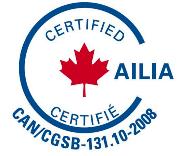
Canada has its own translation standard.
The Canadian Standard for Translation Services CAN CGSB 131.10-2008 is a modified version of Europe’s EN 15038, and developed by the Canadian General Standards Board specifically for the Canadian translation services industry. Like EN 15038, it doesn’t apply to interpreting or terminology services.
It specifies the requirements that translation services must meet when providing translation services. The major requirement is the documentation of procedures; this helps ensure consistency, both from job to job, and client to client. Freelancers can also apply for CAN CGSB 131.10 certification, and agencies are increasingly requiring this of their Canadian translators.
4. ASTM F2575-14 (USA, 2014)
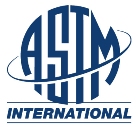
You may also come across the ASTM F2575-14 “Standard Guide for Quality Assurance in Translation”.
However,
this is not a standard but rather a set of “guidelines”, approved by
the ASTM (American Society for Testing and Materials).
It is aimed at all stakeholders in the translation process, and to help new buyers of language services get a good translation from their chosen German translation service.
According to the ATA,
“It explains terminology, the process
of purchasing and producing flawless copy, selecting a translation
service provider, defining project specifications, actual production
(terminology management, translation, editing, formatting, proofreading,
and quality control), and post project review.”
A few thoughts on certified translation services
It's always a good idea to choose certified translation services for your translation needs.
Certification indicates an agency is professional, and is set up to do a good job.
However, certification and translation standards are not a panacea for all the industry’s ills:
- How do you judge the quality of a translation?
Grammar is one thing, but quality assessment metrics can’t address questions of style. No two reviewers of a translation will make the same amendments to a translated text.
Translation is an art, not a science, and we need to keep this in mind as we busily regulate our management processes. (Here are some of my thoughts on what makes a translation "good".)
- Standards says a lot about the processes of managing translation, but nothing about the treatment of the translators involved – their pay, conditions, training, etc.
Translator forums are full of the “race to the bottom”: translators increasingly competing on the open market by price alone, thereby driving down quality and the ability for a professional translator to make a living at their work.
But by working with a certified translation service, you are helping the profession to uphold standards and treat translators fairly – certainly a recipe for success.
- Home ›
- Buying Translation ›
- Certified Translation Services

Joanna Scudamore-Trezek
I'm a German to English translator living and working in Vienna, Austria. I turn German texts into clear and accessible English, allowing clients to present their stories, ideas and information to a completely new audience. My business and marketing clients rely on me to get their message across clearly and effectively. How can I help you today?







